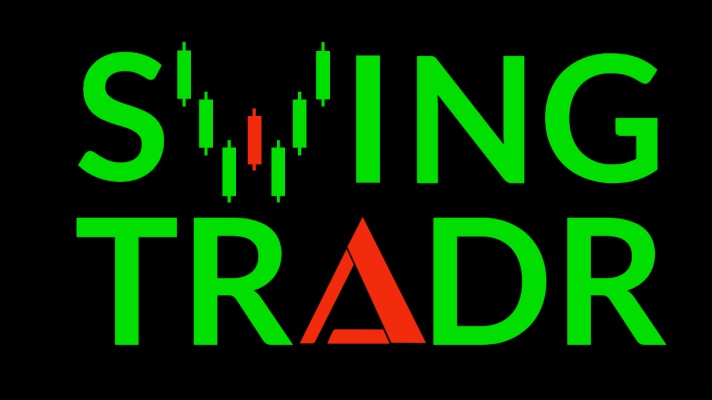Technical Analysis Tools and Indicators
Technical analysis is an essential part of swing trading, as it provides traders with insights into market trends, patterns, and price movements. There are a variety of technical analysis tools and indicators that can be used to identify potential trading opportunities and make informed trading decisions.
One of the most commonly used technical analysis tools in swing trading is the trend line. Trend lines are drawn by connecting a series of highs or lows on a price chart, and they can be used to identify the direction of the market trend. A bullish trend is characterized by a series of higher highs and higher lows, while a bearish trend is characterized by a series of lower highs and lower lows.
Another commonly used technical analysis tool is the moving average. Moving averages are calculated by averaging the price of an asset over a specific time period, and they can be used to identify trends and potential entry and exit points. For example, if the price of an asset is above its 50-day moving average, this may be seen as a bullish signal, while a price below the 50-day moving average may be seen as a bearish signal.
In addition to trend lines and moving averages, there are a variety of technical indicators that can be used in swing trading, such as the relative strength index (RSI), the stochastic oscillator, and the moving average convergence divergence (MACD) indicator. These indicators provide traders with information about momentum, overbought or oversold conditions, and potential trend reversals.
It’s important to note that while technical analysis can be a powerful tool for swing traders, it’s not foolproof. Technical analysis is based on historical price movements, and past performance is not always a reliable indicator of future performance. Therefore, it’s important to use technical analysis in conjunction with other forms of analysis, such as fundamental analysis and market sentiment, to make informed trading decisions.
In the next section, we’ll look at risk management and position sizing in swing trading.
